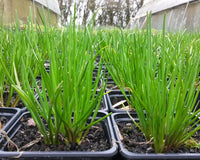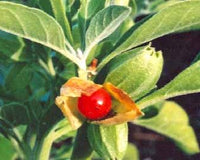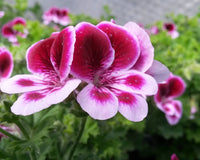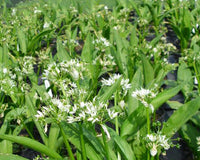Skullcap – Scutellaria lateriflora
Native to America, and also known as Mad Dog and Madweed, Skullcap will send you crazy and is absolutely guaranteed to have you talking to pixies and biting the postman on the leg. Heh, heh, only kidding herb fans. In fact, skullcap is one of the finest nervines in the repertoire. A nervine is what we witches, wise women and other herbalist folk call a herb that restores the nerves and relaxes the nervous system. Skullcap was in fact known as Mad Dog because the 19th Century physiomedicalists used this herb to treat rabies, which is caused by the bite of an infected ‘mad dog’. Originally used by native American tribes such as the Cherokee, when they weren’t attacking wagon trains or muttering dark thoughts about iron horses, as in “What are these palefaces on? It’s a train, isn’t it. Do you know anyone who calls it an iron horse?”, Skullcap was a woman’s herb used to relieve breast pain, encourage menstruation and in birth to encourage shedding of the placenta. Introduced into Europe in the 1600’s, Skullcap is one of the most widely used of herbal remedies, finding a place in the treatment of anxiety, stress, insomnia and mental exhaustion. The marked differences in usage by the native American tribes and Europeans could be seen as an interesting comment on our different societies and lifestyles. It has been said that herbs are what we need them to be but before I stray too far into the realms of metaphysics here’s a good home cure for tension headaches. Make a tea using dried or fresh aerial parts (i.e the bits that grow above ground – flowers, leaves and stalks) with 1 part skullcap, 3 parts betony, and 1 part chamomile. Infuse in a teapot for 10 minutes and drink freely. Then go out and talk to the pixies; some of them are my best friends.






